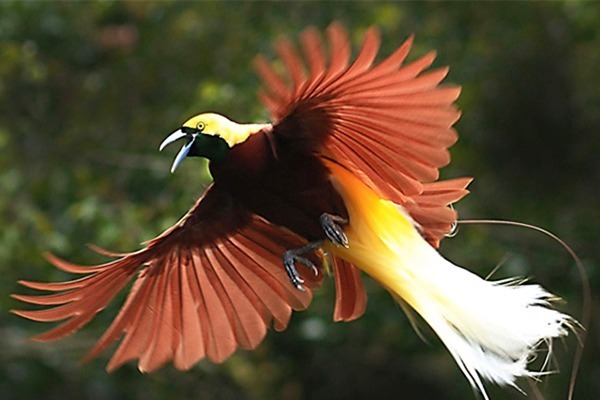When we think about the food chain in the animal kingdom, it’s fascinating to consider the relationships between different species. One question that often arises is whether a snake can eat a bird of paradise. In this article, we’ll explore the characteristics of both snakes and birds of paradise, their habitats, and whether such an encounter could occur.
There are over 3,000 species of snakes around the world, and they vary greatly in size, habitat, and diet. Some snakes are constrictors, like pythons and boas, which can subdue larger prey by wrapping around it, while others, like vipers and cobras, are venomous and can immobilize their prey with their bite.

Most snakes are carnivorous, meaning they primarily eat meat. Their diet typically consists of small mammals, birds, lizards, and even other snakes. The size of the snake often determines the size of the prey it can consume. For example, a small garter snake might eat frogs and insects, while a large python can take down large animals like deer.
Birds of paradise are known for their stunning plumage and elaborate courtship displays. Found primarily in New Guinea and surrounding islands, these birds are not only beautiful but also have unique behaviors that make them fascinating to observe. They range in size, but most are relatively small, with some species being as little as 12 inches long.

Birds of paradise typically inhabit dense tropical forests. They are arboreal, meaning they spend most of their time in trees. Their diet mainly consists of fruits, insects, and small invertebrates. Their vibrant colors and intricate mating dances make them a popular subject for nature lovers and birdwatchers.
While it is theoretically possible for a snake to eat a bird of paradise, several factors come into play:
Size: The size of the snake matters. A small snake may struggle to catch a bird of paradise, while larger snakes, such as tree pythons or boas, would be more capable of doing so.
Hunting Technique: Snakes rely on ambush tactics. If a snake were to be in the right place at the right time, it could potentially strike at a bird of paradise that ventures too close to the ground or to a branch where the snake is hiding.
Habitat Overlap: Some snakes, especially those that live in tropical environments, may share habitats with birds of paradise. For instance, tree-dwelling snakes could encounter these birds more frequently than ground-dwelling snakes.
Birds of paradise are agile and have good reflexes, allowing them to evade many predators. Their ability to fly gives them a significant advantage against snakes. However, if they are caught off guard or if a snake is particularly stealthy, they could become prey.
In summary, while a snake can potentially eat a bird of paradise, several factors influence whether such an event would actually happen. The size and species of the snake, the behavior of the bird, and their habitats all play crucial roles in determining if a snake can successfully prey on a bird of paradise.
Ultimately, nature is full of surprises, and encounters between different species can lead to fascinating outcomes. The delicate balance of ecosystems allows for a diverse range of interactions, making the animal kingdom an ever-intriguing subject of study.
animal tags: Snake Bird-Paradise
We created this article in conjunction with AI technology, then made sure it was fact-checked and edited by a Animals Top editor.